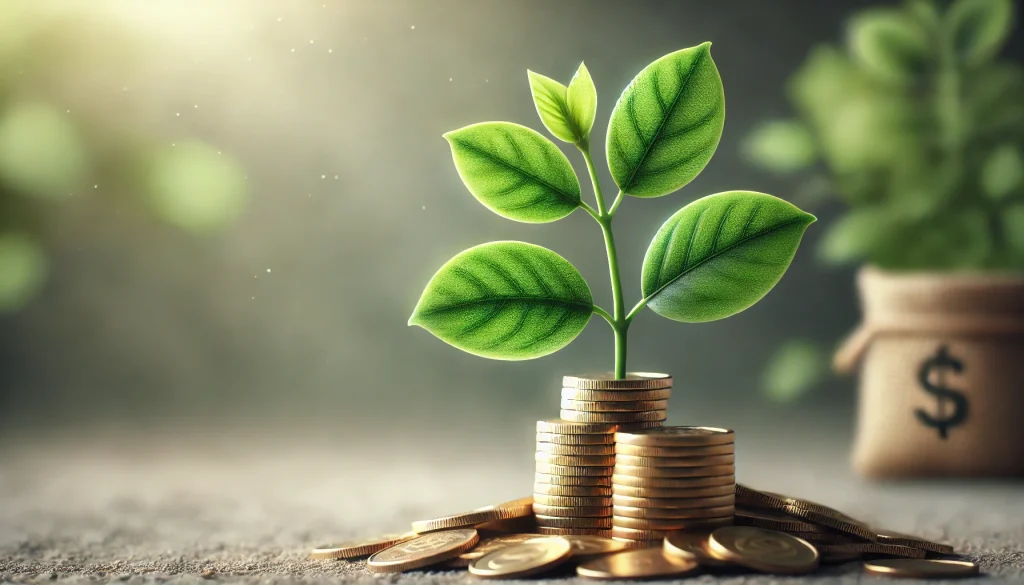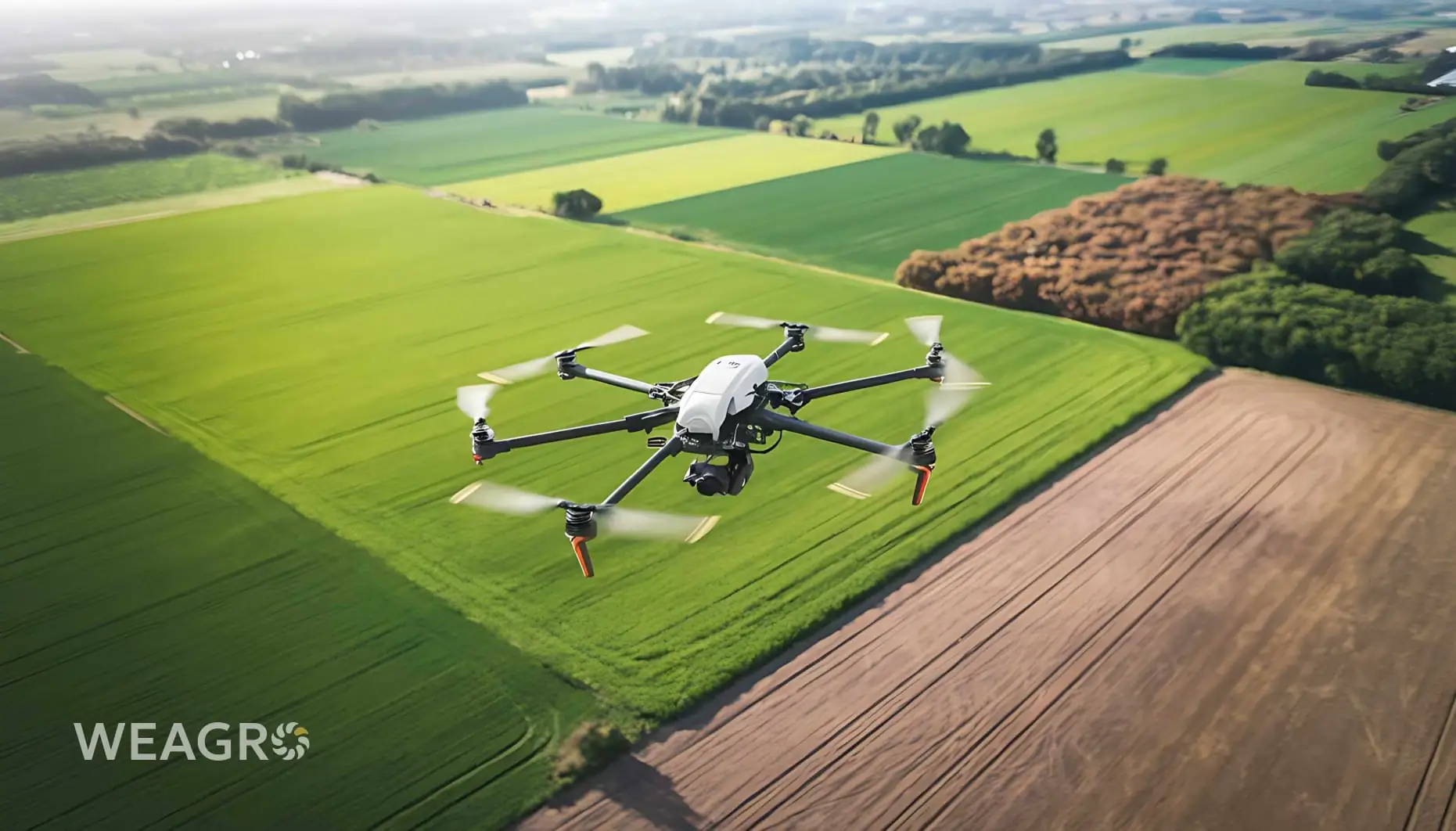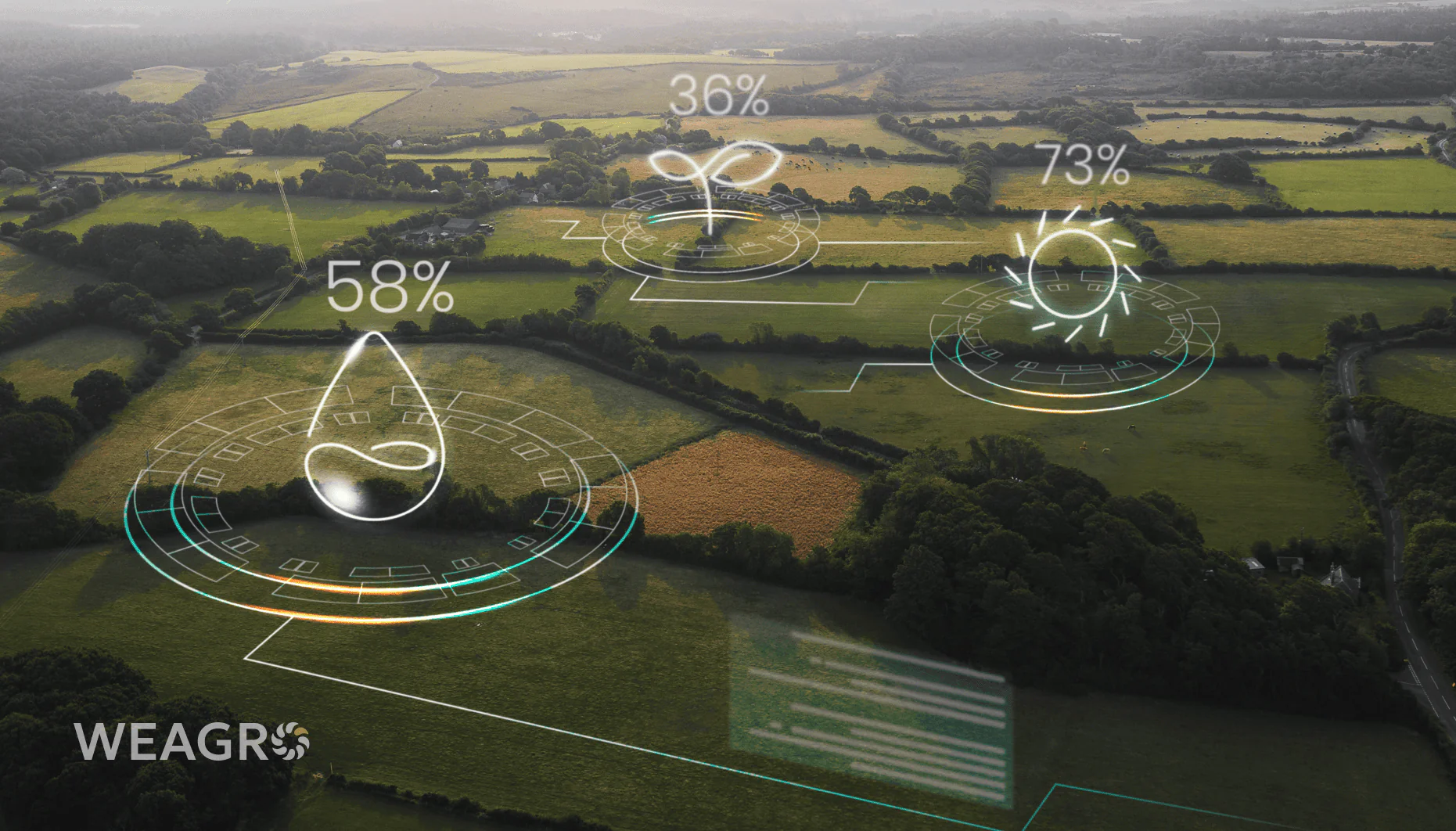Green economy and green finance are becoming increasingly relevant topics in the modern world. In this article, we explore the essence of these concepts, discuss the main principles of Green Economy, and examine existing solutions in this field.
What are Green Economy and Green Finance
Green economy is an economic model aimed at sustainable development considering environmental constraints. It involves efficient resource use, reduction of greenhouse gas emissions, and environmental preservation for future generations. This concept emerged in the 1980s when the UN World Commission on Environment and Development first formulated the concept of sustainable development in its report “Our Common Future”.
However, the global financial crisis of 2008 provided the real impetus for these ideas. It became evident then that “business as usual” no longer worked, and the world needed a new economic model that would ensure the well-being of both people and the planet. In 2011, UNEP (United Nations Environment Programme) presented the report “Towards a Green Economy,” which justified the benefits and pathways to green growth.
Green finance is an instrument for materially supporting projects and initiatives that promote economic development. It encompasses various products – from bonds to specialized investment funds. The purpose of such financial provisions is to mobilize capital to ensure the transition to sustainable low-carbon development.
Green finance is closely linked to the concept of responsible investing (ESG). This means that investment decisions consider environmental (E), social (S), and governance (G) factors alongside financial indicators. According to Bloomberg, global ESG fund assets exceeded $35 trillion in 2020 and continue to grow rapidly.
The active development of green finance became possible thanks to several international initiatives:
- UN Principles for Responsible Investment (PRI) – a network of investors implementing ESG criteria;
- UN Sustainable Stock Exchanges Initiative (SSE), promoting ESG disclosure among companies;
- Network of Central Banks and Supervisors for Greening the Financial System (NGFS), established at COP21 in Paris;
- EU Green Deal, which aims for EU climate neutrality by 2050.
These and other initiatives create a favorable environment and incentives for further development of such finance globally.
Read also: Transformation of financial technologies through embedded solutions
Principles of Green Economy
The principles of green economy are based on:
- efficient resource use and waste minimization;
- low-carbon development and reduction of greenhouse gas emissions;
- ecosystem preservation/restoration;
- social inclusivity and job creation;
- innovation-based economic growth.
Implementing the basic principles of green economy requires a comprehensive approach. This includes changes in both production and consumption. It’s also important to remember about transforming key green economy categories: energy, transport, agriculture, and other sectors.
What Solutions Exist in Green Economy
The world has already developed many tools and solutions for green economy development:
- bonds – debt instruments for attracting “green” finance into environmental projects;
- investment funds – structured instruments for investing in assets;
- leasing – rental of eco-friendly housing, transport, energy-efficient equipment;
- public-private partnership projects in sustainable infrastructure;
- climate risk insurance.
These and other solutions allow capital attraction into projects, risk distribution, and stimulation of sustainable business models development.
Advantages of Green Finance

Green finance provides several benefits to both investors and society as a whole:
- portfolio diversification, reduction of long-term risks;
- stimulation of innovation, development of new technologies;
- access to new capital pools from socially responsible investors;
- creation of new markets and business opportunities;
- positive contribution to sustainable development and climate change mitigation.
Research shows that companies with high ESG scores demonstrate, on average, better financial results and resilience during crises. In particular, MSCI‘s analysis, covering a 17-year period for developed markets and an 11-year period for emerging markets, revealed a trend: companies with high ESG ratings consistently outperformed their competitors, mainly due to better fundamental earnings indicators
However, green finance is still in its development stage and requires further development of standards, taxonomy, and regulatory incentives. Many countries lack the necessary financial market infrastructure – specialized exchanges, rating agencies, verifiers, etc. The absence of unified definitions and criteria for green investments creates risks of “greenwashing,” where conventional financial products are sold under the guise of environmental ones.
However, state policies regarding green financing are often fragmented and inconsistent. In particular, according to the IMF, G20 countries provided record material support to fossil fuels amounting to $1.4 trillion in subsidies, state enterprise investments, and lending from state financial institutions over three years from 2020 to 2022. This significantly exceeds their green economy incentives. To mobilize capital on a large scale, coordinated policies are needed that combine fiscal measures (such as carbon pricing), financial regulation (such as mandatory climate risk disclosure), and infrastructure investments.
Disadvantages of Green Economy
Despite obvious advantages, green economy transformation faces certain challenges:
- high initial costs for “greening” production and infrastructure;
- insufficiently developed finance ecosystem in many countries;
- lack of unified standards;
- potential job losses in traditional “brown” industries;
- necessity to change established practices of production and consumption with energy efficiency and green economy.
Overcoming these challenges requires coordinated efforts from governments, businesses, financial institutions, and civil society.
WEAGRO as a digital service for attracting green finance to the agricultural sector can become an effective solution in overcoming many challenges on the path to Green Economy. Farmers will be able to receive accessible agricultural installment plans and support for implementing organic farming and sustainable practices. And partners will be able to offer their goods and services to a wide range of agricultural producers through a convenient and reliable online service.
Green Economy and Green Finance in Ukraine
Ukraine, like many other countries, has taken a course toward building a green economy. Back in 2016, it ratified the Paris Climate Agreement, and in 2020, the government presented the concept of “Ukraine’s Green Energy Transition by 2050” (Ukraine Green Deal).
According to the concept, Ukraine plans to achieve climate neutrality (zero greenhouse gas emissions) by 2070. The key transition directions are defined as:
- energy – increasing the share of renewable sources to 70% in the energy balance by 2050, improving energy efficiency, developing distributed generation and “smart” grids;
- industry – modernization and decarbonization of metallurgy, chemical, cement industries, implementing circular economy principles;
- transport – electrification of all types of vehicles, development of public electric transport, stimulating the use of “clean” fuels;
- agriculture – development of organic farming, use of non-technological fertilizers, integration of sustainable natural resource management standards;
- construction – thermal modernization of buildings, implementation of green standards, use of low-carbon materials.
However, to achieve ambitious climate goals, Ukraine will need significant investments – by various estimates, up to 5% of GDP annually. This requires the development of green financing instruments and attracting private capital in addition to state support.
Among other important initiatives in the direction of green economy in Ukraine:
- development of legislation on the green bond market;
- creation of the Energy Efficiency Fund to support housing thermal modernization;
- introduction of auctions for renewable energy projects;
- support for organic agriculture.
Ukraine has created a legislative framework for issuing green bonds. On July 1, 2021, a law came into force that introduces bonds as a separate subtype of securities. The raised funds can be directed to improving energy efficiency of public buildings, developing “clean” transport, modernizing heating systems and waste management.
Meanwhile, Ukraine still needs to overcome several challenges – from imperfect regulatory framework to lack of investment capital and experience in implementing green projects. According to the Global Innovation Index in 2023, Ukraine ranked 55th among 132 countries. Systematic efforts to build infrastructure, stimulate R, and remove barriers to attracting green finance are needed to improve positions.
Green Finance and Green Economy in Ukraine’s Agricultural Sector
The agricultural sector is one of Ukraine’s key economic sectors and simultaneously one of the largest sources of greenhouse gas emissions. Therefore, transitioning to sustainable and climate-neutral agriculture is an important priority in the context of green transformation.
Organic production is actively developing in Ukraine, with an increasing number of farmers abandoning chemicals and implementing soil fertility preservation principles. This is also facilitated by the adoption of the law on basic provisions and requirements for organic production in 2018. According to the latest official data, as of December 31, 2022, the total area of agricultural land in Ukraine used for organic production and in transition period amounted to 263,619 hectares.
However, the share of organic land still represents only 0.6% of total agricultural land. Additional incentives and financial instruments are needed for scaling:
- state support for organic certification and promotion in foreign markets;
- preferential lending and insurance for organic producers;
- agricultural insurance products covering risks of extreme weather events;
- grants and technical assistance for spreading sustainable agricultural practices.
Meanwhile, farmers face the problem of accessing financial resources for “greening” their activities. Traditional bank loans are often too expensive or inaccessible for small and medium-sized farms. According to surveys, about 80% of farmers need assistance in business operations, of which 78.3% specifically need material support, credits, or access to various donation programs.
This is why digital tools for attracting green finance, such as the WEAGRO online service, can become a driver for sustainable agribusiness development in Ukraine. With such assistance, farmers will gain access to favorable agricultural installment plans for purchasing organic fertilizers, modern agricultural equipment, and other goods. And suppliers will be able to expand their product markets and join in building the country’s green economy.









